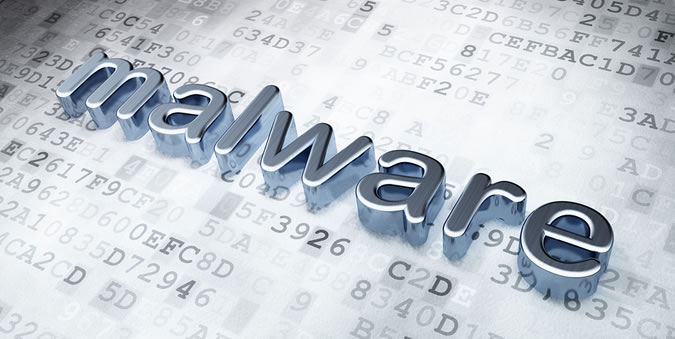More and more pieces of malware have become capable of targeting users running 64-bit versions of operating systems.
One of them is KIVARS, a piece of malware whose 64-bit version was recently analyzed by researchers from Trend Micro. According to the security firm, the Trojan is distributed with the aid of TROJ_FAKEWORD.A, a dropper that’s designed to drop two executable files and a Microsoft Word document on infected systems.
In the 32-bit version, the executable files are copied into the “windows system” folder with the names iprips.dll, which is detected by Trend Micro as TROJ_KIVARSLDR, and winbs2.dll, detected as BKDR_KIVARS. The latest versions of KIVARS, which can target both 32-bit and 64-bit systems, drop these components in the same folder, but under a random name, with the backdoor file having either a .tib or a .dat extension.
The dropper uses the right-to-left override (RLO) technique and a genuine Microsoft Word icon to make it look like the document file, which is password protected and acts as a decoy, is genuine, Trend said. These techniques have also been used in a campaign targeted at government agencies in Taiwan, which Trend Micro recently analyzed.
Once executed, TROJ_KIVARSLDR, the loader installed as a service named iprip, loads and runs the backdoor payload BKDR_KIVARS in memory, Trend explained. The backdoor is capable of carrying out various tasks, including downloading, uploading and manipulating files, uninstalling malware services, taking screenshots, activating a keylogger, manipulating active windows, and executing mouse and keyboard actions. In the versions that support 64-bit operating systems, the loader is installed as services named Iprip, Irmon and ias.
Additionally, the backdoor uses a slightly modified version of the RC4 encryption algorithm to encrypt its configuration information. RC4 is also used to encrypt the first packets sent by the malware back to the command and control (C&C) server. These initial packets contain information such as the victim’s IP, OS version, username, hostname, the version of KIVARS, and the layout of the keyboard attached to the infected device.
In the latest versions of KIVARS, a randomly-generated packet is sent first to the C&C, based on which a key is generated to help the malware verify the reply from the server. Only then the system information is encrypted with RC4 and sent to the C&C.
“The earlier versions of this BKDR_KIVARS only encrypts the ‘MZ’ magic byte for the backdoor payload. As for the newer versions, the backdoor payload is now encrypted using the modified RC4,” Trend Micro Threat Analyst Kervin Alintanahin explained in a blog post.
The threat group behind this campaign also uses the POISON remote access Trojan (RAT) for its malicious activities, Trend Micro said.
